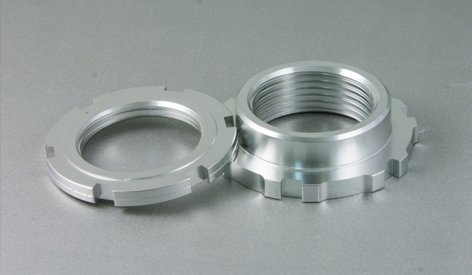Views: 4 Author: Site Editor Publish Time: 2024-04-23 Origin: Site









Introduction
Turned parts play a crucial role in various industries, offering high efficiency, precision, and cost-effectiveness in manufacturing processes. This technical article explores the world of turned parts, emphasizing their benefits in terms of efficiency, cost savings, machining techniques, quality control, and applications across different sectors.
1. Understanding Turned Parts
· Definition of turned parts and their significance in modern manufacturing.
· Overview of turned parts' applications in automotive, aerospace, electronics, medical devices, and other industries.
2. High Efficiency in Turned Parts
· Advantages of turned parts in terms of high-speed production, minimal material waste, and quick turnaround times.
· Impact of CNC turning technology on enhancing efficiency, repeatability, and precision in turned part production.
3. Cost Savings with Turned Parts
· Analysis of cost-saving benefits achieved through reduced material usage, shorter lead times, and optimized machining processes.
· Comparison of turned parts' cost-effectiveness with other manufacturing methods like casting and forging.
4. Machining Techniques for Turned Parts
· Overview of CNC turning techniques, including single-point cutting, multi-axis machining, and live tooling operations.
· Importance of tool selection, cutting parameters, and coolant usage in achieving optimal results in turned part production.
5. Quality Control Measures
· Importance of quality control in turned parts manufacturing, including dimensional accuracy, surface finish, and material integrity.
· Implementation of inspection techniques such as CMM (Coordinate Measuring Machine) and in-process monitoring to ensure quality standards.
6. Applications of Turned Parts
· Examples of turned parts used in automotive engine components, hydraulic fittings, pneumatic systems, electronic connectors, and medical implants.
· Role of turned parts in enhancing product performance, functionality, and reliability.
7. Advancements in Turned Parts Technology
· Trends in turned parts technology, including automation, robotics, IoT (Internet of Things) integration, and digitalization.
· Impact of Industry 4.0 on the future of turned parts manufacturing, with emphasis on smart factories and data-driven decision-making.
8. Environmental Considerations
· Discussion on sustainability in turned parts production, focusing on recycling, eco-friendly materials, and energy-efficient machining processes.
· Importance of eco-conscious practices in meeting regulatory requirements and reducing environmental impact.
Conclusion
Turned parts offer a strategic advantage to manufacturers by combining high efficiency with cost-effectiveness, precision, and quality. As industries evolve and demand for customized, complex components grows, turned parts will continue to play a pivotal role in driving innovation, productivity, and competitiveness. By embracing advanced machining technologies, quality control measures, and sustainable practices, businesses can maximize the benefits of cnc turned parts while meeting the demands of an ever-changing market landscape.